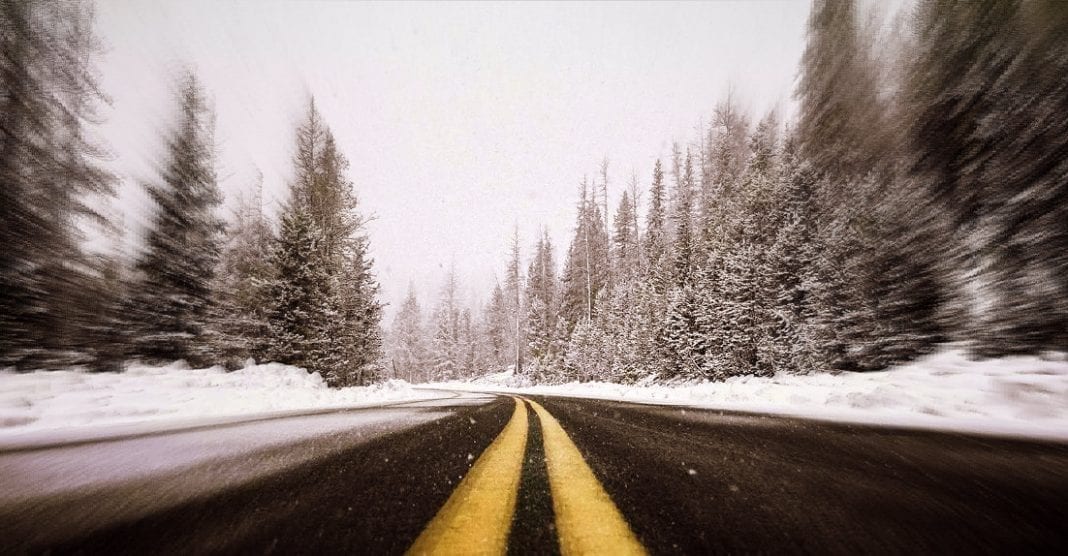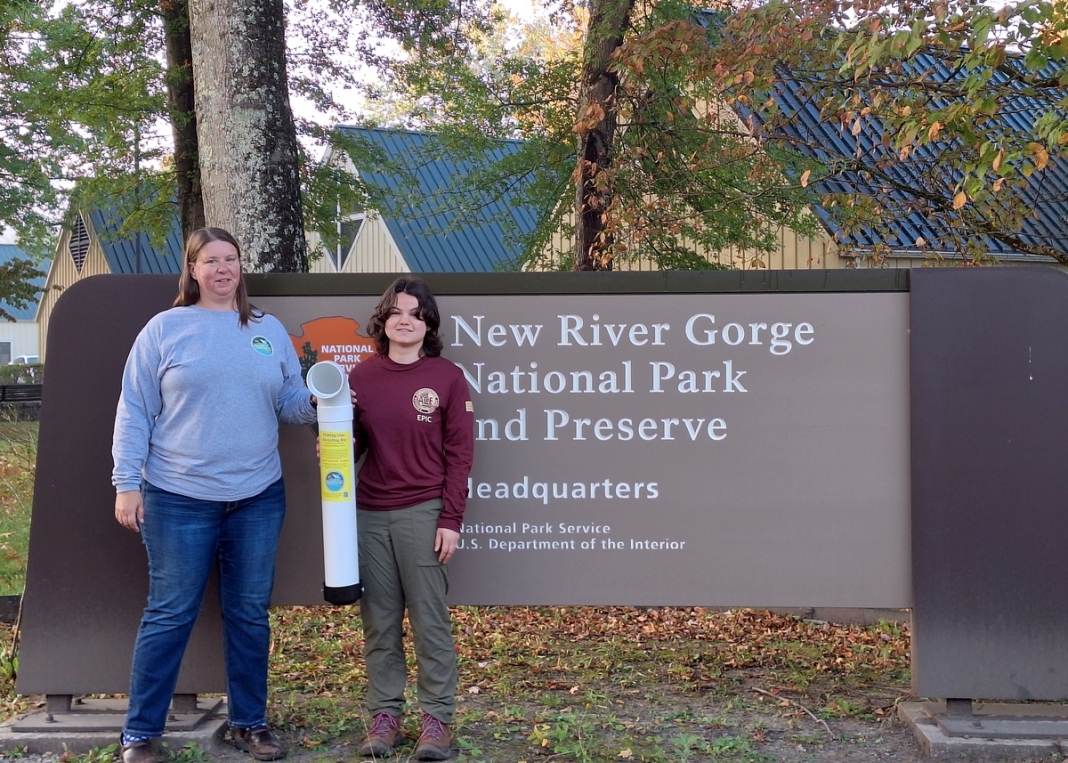CHARLESTON, W.Va. — There's nothing like a motorcycle road trip through West Virginia in winter. The snow-covered scenery that frames the open road is a feast for the eyes, but it's essential you don't grow distracted to the point that you neglect the dangers of such a trip.
The scenery can be epic, if frigid, and winter in West Virginia can be unforgiving. Our staff recommends a few tips for would-be cyclists during cold weather.
Avoid Snow-Covered Roads
Your motorcycle may be equipped with winter-traction tires, but snow and ice are naturally slippery, and they can become more of a hazard when layered atop brick, gravel, and asphalt road surfaces. What makes driving on snow-covered roads so dangerous for motorcycles? You're balancing on two linear tires instead of relying on the support of the four tires used by a standard vehicle. Turning the bike also reduces the amount of tire surface that grips the road, reducing traction and increasing your risk of falling, sliding, or spinning out. It's best to avoid driving on snow-covered roads altogether.
Prepare for Wind Chill
An important aspect of winter riding that many people overlook is the wind-chill factor. It may be a balmy 50 degrees in a West Virginia valley, well above freezing, but at 55 miles an hour, the wind chill will be 39.5 degrees. Hit the open interstate at 70 mph, and that drops to 38.4. At 32 degrees, a 70 mph wind chill will drop to 12.1. Wind chill will play a significant role in safety and comfort. Fortunately, there are ways to protect yourself from the biting cold while out for a winter ride. Wear gear designed to keep wind off your skin. Detachable windshields and handguards can also be installed to protect your hands and face from windburn and frostbite. Here's a wind-chill calculator you can use when planning your next ride.
Hit the Road Protected
Enjoying your motorcycle in winter requires that you protect your bike and your body. Accidents will happen, regardless of how careful you are, and others with whom you share the road may not always be so careful. If an accident occurs, you will want your bike to be protected by an insurance policy. Yes, you could buy cheap bike insurance, but then you risk suffering gaps in coverage. It's better to pay for a comprehensive insurance policy to ensure your bike is covered through many types of damages and accidents. If you do experience an accident or collision, contact your insurer immediately.
Watch for Black Ice
Snow and ice aren't the only danger that you'll find on the road. Even worse is "black ice," which is difficult to spot until you drive over it. Unlike snow and ice, black ice occurs when moisture in tiny spaces on the rough road freezes, creating a slippery driving surface where none is apparent. Black ice can even happen when temperatures are above freezing, especially in the morning when ground temperatures have not had time to heat sufficiently. How can writers avoid this sinister driving condition?
- Pay attention to weather warnings: be extra cautious when overnight temperatures have reached below freezing, and look for road signs that identify icy conditions.'
- Be watchful where black ice gathers — on bridges, overpasses, and in shaded areas.
- Be most careful in the early morning when temperatures may be warming, but road surfaces may still be frozen.
- Watch cars ahead of you and observe their traction: you may be able to spot an icy patch ahead if you see cars sliding.
- Look for the reflection of tail lights ahead of you on the road surface: if you can see the reflection clearly, you may be looking at the reflection in ice and not just water.
Following these few tips when traveling in the winter months on your bike in West Virginia will ensure that you and your motorcycle both stay safe on the journey.
Sign up to receive a FREE copy of West Virginia Explorer Magazine in your email weekly. Sign me up!


